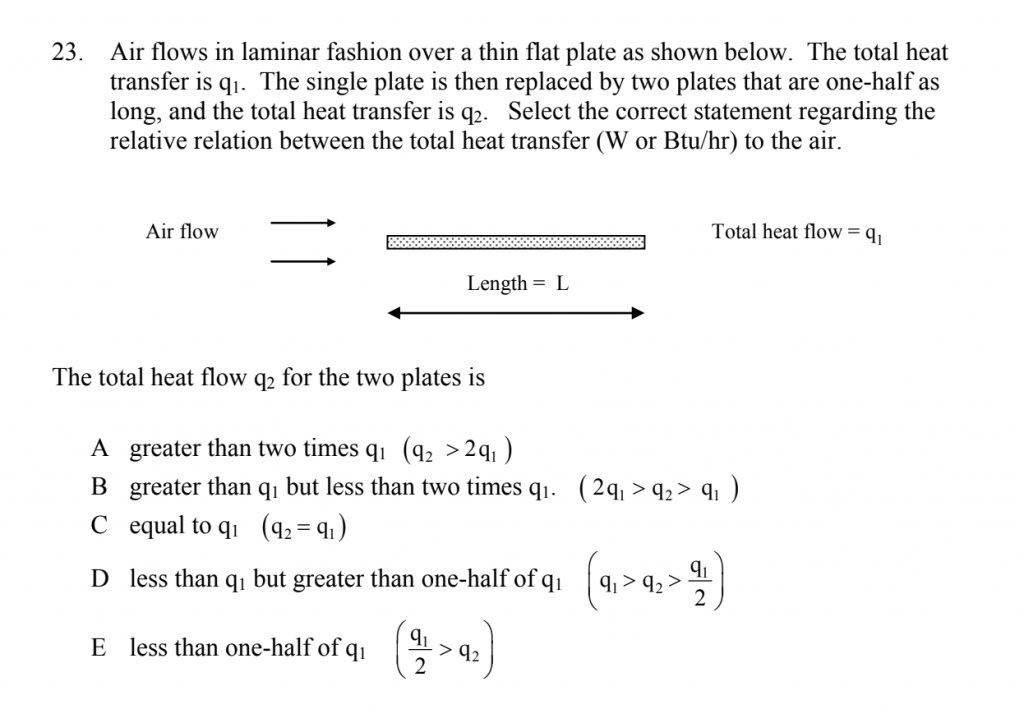Heat Transfer Concepts Inventory (HTCI)
Purpose
Heat Transfer Concepts Inventory (HTCI) is commonly used in the context of heat transfer. In heat transfer, those areas include (1) temperature vs. energy, (2) temperature vs. perceptions of hot and cold, (3) factors which affect the rate of transfer vs. those which affect the amount of energy transferred, and (4) the effect of surface properties on radiation.
Population
HTCI is frequently utilized as an assessment tool in engineering courses, particularly in disciplines such as chemical, mechanical, and other related fields. It serves as a vital component of the curriculum, typically taken by students in their junior or senior year within the mechanical engineering program.
Typical Performance
We have yet to carry out an analysis of the LASSO data for typical performance. However, a previous study by Prince, M., & Nottis, K. (2009) examined the performance of engineering students on the existing heat transfer concepts inventory. The results of their study are presented below:

Validity
The HTCI was originally developed in 2003. This assessment has been administered to college chemistry students, and assessments were reviewed by chemistry education research graduates and authors. Relevant articles are listed below:
● Jacobi, A., Martin, J., Mitchell, J., & Newell, T. (2003, November). A concept inventory for heat transfer. In 33rd Annual Frontiers in Education, 2003. FIE 2003. (Vol. 1, pp. T3D-T3D). IEEE.
● Jacobi, A., Martin, J., Mitchell, J., & Newell, T. (2004, October). Work in progress: a concept inventory for heat transfer. In 34th Annual Frontiers in Education, 2004. FIE 2004. (pp. T3F-3). IEEE.
● Prince, M., & Nottis, K. (2009, June). Development of a concept inventory in heat transfer. In 2009 Annual Conference & Exposition (pp. 14-469).
Research
We recommend using Google Scholar and the citations listed under validation to find articles of interest.
Example LASSO Report
Please follow this link to our example report for concept inventories.

